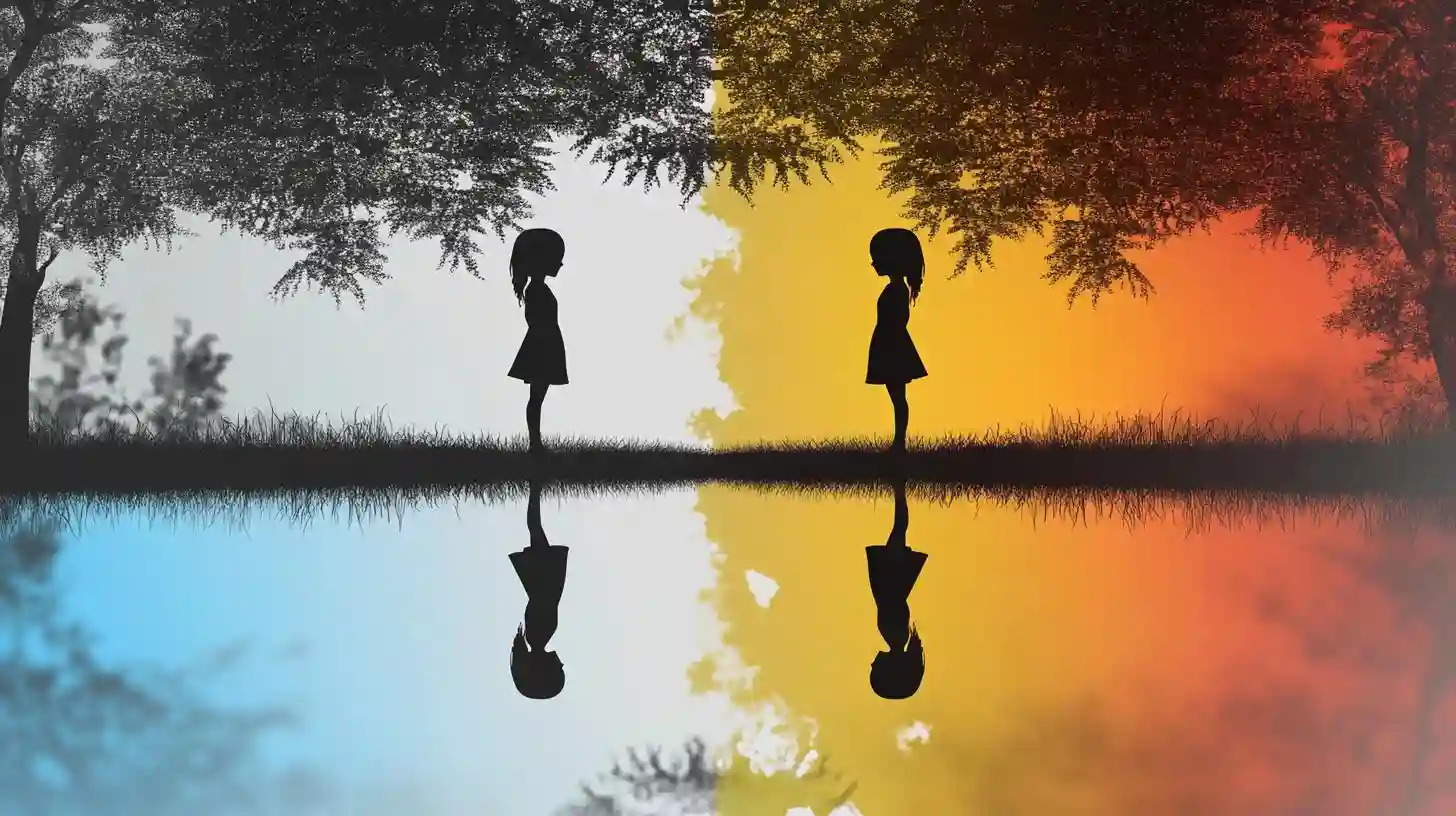
Silhouette photography is a captivating and creative style that transcends traditional visuals, presenting a world where shadows dance and stories unfold within the contours of figures. This art form focuses primarily on capturing the outlines of subjects against lighter backgrounds, often at sunrise or sunset when the lighting conditions are ideal. The beauty of a silhouette lies in its simplicity, stripping away intricate details to unveil the essence of the subject, evoking a strong emotional response.
At the heart of silhouette photography is the concept of light. The interplay of light and shadow plays a crucial role in defining the final image. Choosing the right time of day is essential. Early mornings and late afternoons offer that magical golden hour when the sun is low on the horizon, casting a warm glow that creates striking definitions between the light and darkness. Photographers often seek out contrasting backgrounds, like vibrant skies, city skylines, or bold landscapes, that allow the silhouettes to pop against the expansive canvas.
Composition is another pillar of silhouette photography. Great silhouettes are not just random figures against a backdrop; they tell stories and invite viewers to engage with the image. Framing subjects thoughtfully within the shot elevates the aesthetic quality. A well-placed figure can create a sense of movement or interaction within the space. Photographers often experiment with various angles and positions, considering factors such as balance and negative space, which contribute significantly to the overall impact of the photograph.
The subject matter in silhouette photography adds another layer of intrigue. Whether it involves people, animals, or inanimate objects, what is depicted can influence viewers' interpretation of the scene. Capturing human figures in action can evoke a feeling of energy and dynamism. In contrast, a still silhouette of a lone tree may convey tranquility or solitude. The artist’s choice of subject invites viewers to project their emotions and associations onto the image, making each silhouette unique and personal.
Texture also plays a vital role in creating powerful silhouettes. While the defining characteristic is the lack of detail, attention to surrounding textures can enhance the dramatic effect. For example, silhouetted figures against a rugged horizon or a sleek urban landscape can create fascinating juxtapositions, drawing the viewer's eye deeper into the composition. Such elements help to build a narrative, allowing the audience to ponder the story behind the silhouette, intensifying their connection to the photograph.
Moreover, silhouette photography opens doors to creative experimentation. Photographers can break conventional rules, allowing them creative freedom to explore unconventional subjects and settings. Using props or staging scenes can lead to innovative results. For instance, incorporating elements such as smoke or mirrors can create surreal and thought-provoking silhouettes. The layering of different shapes and forms can result in visually striking images that resonate on multiple levels.
Editing is another aspect where photographers can enhance their silhouettes. Post-processing techniques can further accentuate contrast, deepen shadows, and alter colors to create mood. Whether it’s adding a slight gradient to the background or adjusting the exposure, digital tools can refine the initial capture, bringing the artistic vision to life. This process allows for the exploration of imaginative scenarios that may not have been present in the original shot.
As the popularity of silhouette photography continues to grow, many photographers participate in workshops and communities dedicated to this art form. Sharing techniques and challenges with fellow enthusiasts fosters a nurturing environment that encourages growth and experimentation. Online platforms provide spaces for artists to showcase their work, receive feedback, and draw inspiration from others, creating an engaging community united by a shared passion for silhouettes.
Social media also plays a significant role in the dissemination of silhouette photography. Platforms like Instagram serve as virtual galleries where photographers can share their progress, embark on collaborative projects, and connect with audiences who appreciate this art form. This exposure cultivates a larger appreciation for silhouette photography, allowing more artists to explore its depths.
Ultimately, silhouette photography invites both the photographer and the viewer to engage with art on a profound level. It blurs the lines between fantasy and reality, challenging perceptions while maintaining an air of mystery. The power of a well-crafted silhouette transcends language and culture, tapping into universal themes of identity, emotion, and storytelling. By exploring this art form, photographers can convey complex narratives and evanescent moments, encouraging observers to pause, reflect, and immerse themselves fully in the beauty of a world painted in shadow. The compelling combination of art, technique, and emotion found in silhouette photography makes it a rich avenue for self-expression and exploration.